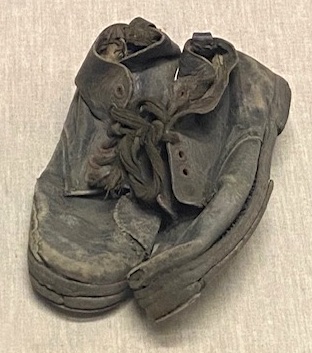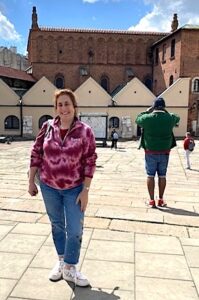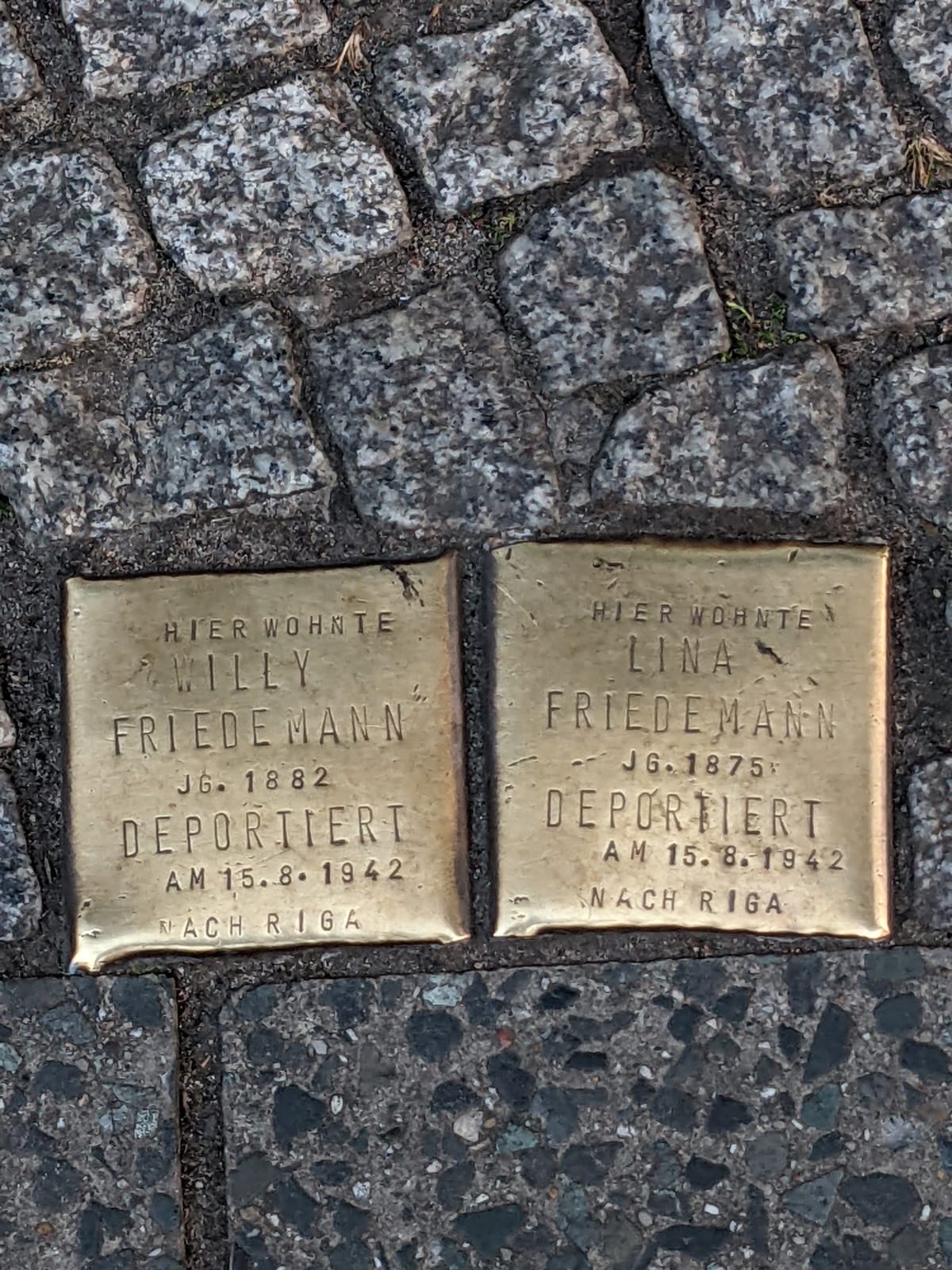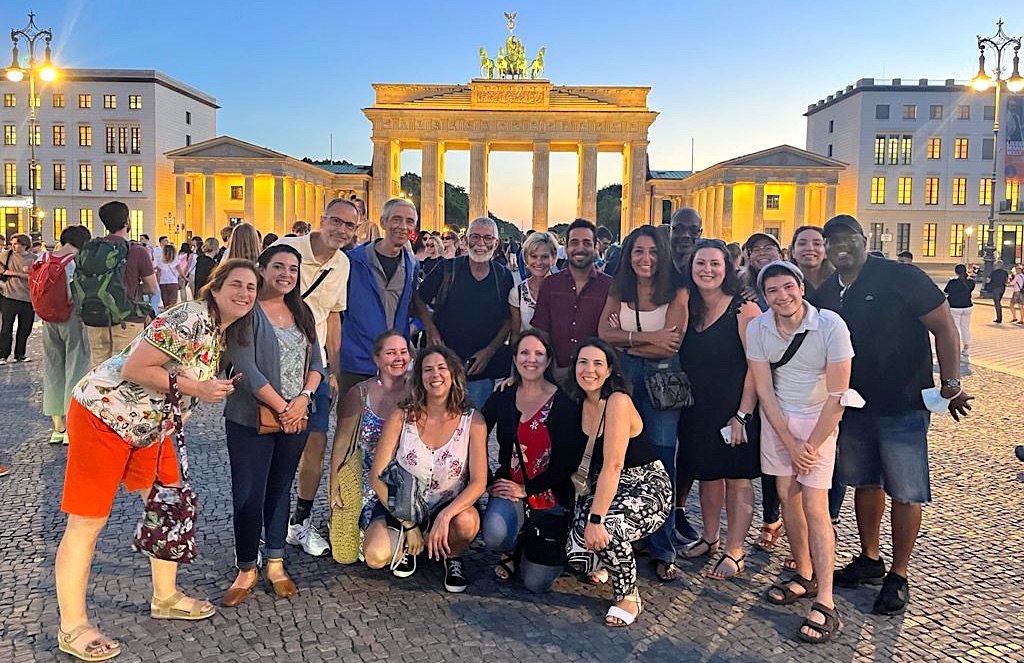Summer Travels Amplify History of the Holocaust
By Laurie Lichtenstein
Summer is all about kicking back and feeling the cool breeze off the ocean to recharge before another school year. At least it has been for me – until this summer when I charted a different course that would leave me enthralled, exhausted and energized simultaneously.
The actual adventure only lasted two weeks, but the experience has followed me even as I returned to my family and began to plan for the upcoming school year.
On July 2nd, through the Holocaust and Human Rights Education Center, a group of 20 educators including myself boarded a plane to Berlin, Germany where we would spend two weeks taking a deep dive into Holocaust history.
“Have a good time?” friends offered, not sure what to say to someone who was choosing to spend her summer immersed in one of the darkest periods of human history.
History is fluid. As we move away from a major historical event, and the course of humanity moves forward, our lens shifts. Our memory gets foggy. We forget. We decide consciously or unconsciously that we have mastered the necessary lessons history has requested. We ask fewer questions and accept whatever version of the truth is presented to us.
This is where teachers come in.
Helping history come alive again
As educators we make content choices. While a curriculum is prescribed in broad strokes, it is the teacher who decides to spend a week on World War II, and two days on the Cold War. Or vice versa. In so many ways we are the gatekeepers of history, and as such we have a responsibility to continually learn and consider how we will present material to our students.
As much as we want history to come alive for our students, we need to make it vibrant for ourselves. When we learn, they learn. This summer I visited museums about the history of Polish Jewry, examined memorials that are devoted to the victims of this genocide, and studied with scholars who have dedicated their lives to understanding and teaching the Holocaust.
I walked along the streets of Berlin, Warsaw and Krakow and saw physical evidence of the once thriving Jewish life. In Berlin, through a memorial project called Stolpersteine, there are gold stones laid at the residences of Jewish people who perished in the Holocaust.

Every place we encountered had a story. The Victory Tower that Hitler moved and expanded as part of his plan for world domination. The Brandenburg Gate where Regan famously asked Gorbachev to tear down the wall. The actual wall, not at all what I had envisioned, where I could place one foot in the former East Berlin and one foot in the West. I felt an indescribable thrill when I visited Checkpoint Charlie, even though it is now a tourist trap with magnets and t-shirts for sale. (I bought a magnet of course!)
When I live these stories, I learn them. They had an indescribable emotional impact that settled within my consciousness. And now, within this new consciousness resides a deeper understanding of history, a quest to take my own studies further and an enthusiasm that I hope is infectious as I re-enter my classroom this school year.
Bringing the experience home
I am genuinely excited to share these lived experiences with my students, even before we get to our actual study of the Holocaust next spring. There are pedagogical ideas from the trip – the idea of memorializing, the purpose of museums, the contrast with how our nation and Germany grapples with its dark history – that will easily fit into earlier units of study.
And I now have a cohort of educators with whom I can bounce ideas off of – a teacher think tank. And of course, the 100-page photo journal I created to try to capture the essence of the experience, lest my memory fade, as it will. But by that time, the impact of this experience will have rooted itself in my classroom and it will be time for another teacher trip.
The Ken Burns documentary The U.S. and the Holocaust
premieres on PBS Sunday, September 18, 2022
Laurie Lichtenstein has been teaching 7th and 8th grade English and Social Studies in Westchester County, NY for more than two decades. In whatever spare time she can scrounge up, she writes about education and parenting her three children. Her work can be seen in Motherwellmag.com, the Bedford Patch, and The Jewish Magazine. Follow her on Twitter @thriceblessed. Read her other MiddleWeb posts here.





































I went on this trip over twenty years ago, in July 1999, as a middle school ELA teacher in Pleasantville. It was transformative. I continue to draw from what I learned alongside and from fellow educators on that trip.